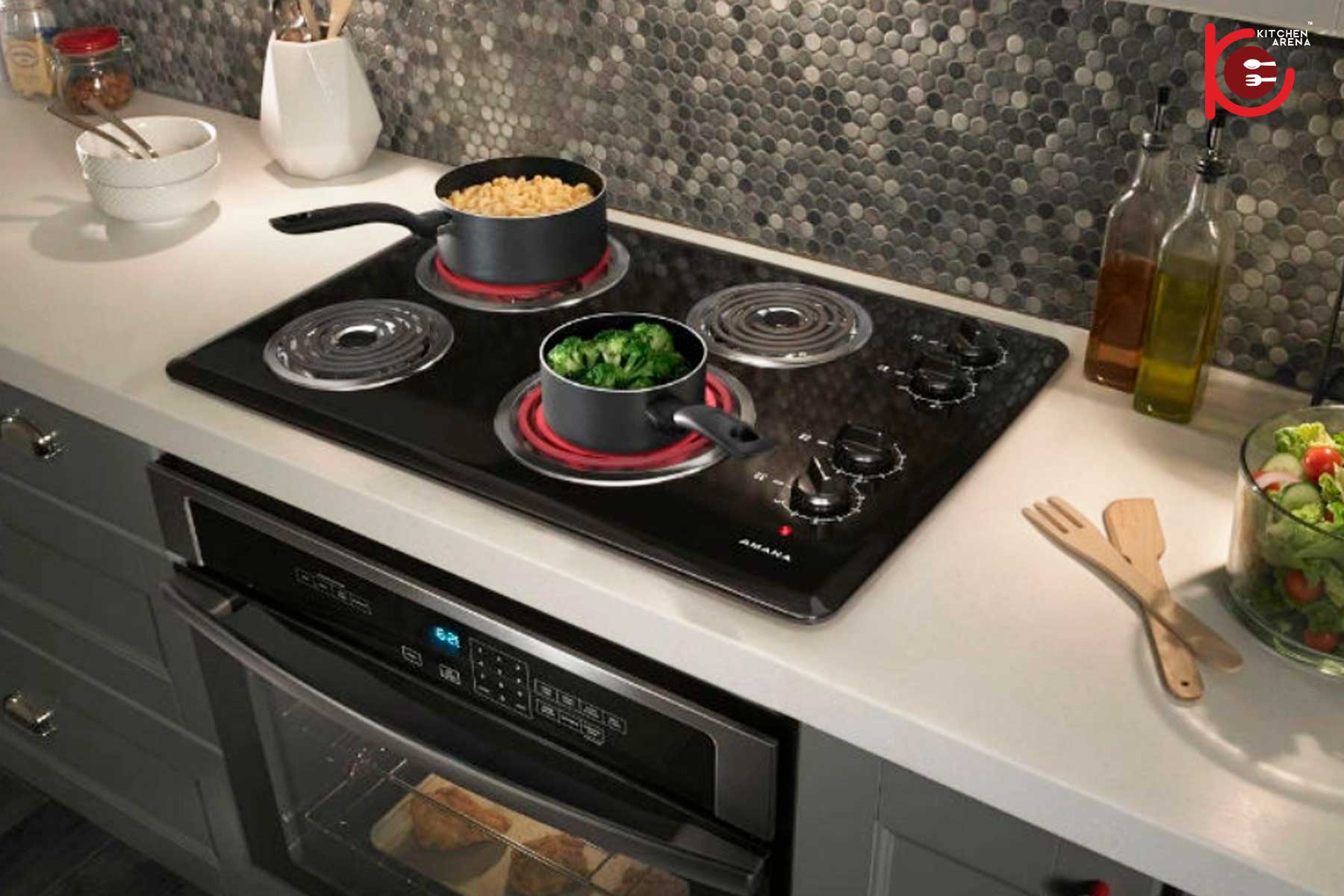Induction VS Electric Cooking
Electric and induction cooking have caught up in capability and are starting to catch on in popularity. Both featured with modern digital features, easy to use and offer accuracy in temperatures. Their flat surfaces also allow for easy cleaning and maintenance.


Is Electric and Induction same?
The main difference between electric and induction cooking lies in the heating system and heating efficiency. Neither burn natural gas, electric and induction ranges have specific strengths and weaknesses. By knowing the pros and cons of both methods, it can help you in deciding which one to choose an induction or electric cooking.
The mechanics of electric heat and induction
Electric heat comes from the metal coils that are heated with an electrical current. That infrared energy transfer to the surface of the burner to provide even heat while you cook. The heat is then transferred to the cookware, and then to the food inside. Meanwhile. induction cooking use electromagnets instead of metal coils, which heats the pot magnetically, and so you have to use induction capable cookware. Thus, the electromagnetic energy heats the cookware directly without heating the surface of cooktop. This results an evenly heated pot or pan and much less heat energy lost along the way when heating food.
Electric cooker
Pros
1. It is a more affordable option.
2. Easier to install and easy to use. Electric appliance is common and functional, installation is easy and straightforward.
3. Able to make use of residual heat. The heater stays warm even after you turn it off. You can still use it to warm up small portions of food or simmering.
Cons
1. Residual heat can be potentially dangerous.
2. Take longer to heat up, increasing cook time.
3. The metal coils can sometimes provide uneven heat.




Induction cooker
Pros
1. Induction is more efficient. The energy efficiency of the commercial induction is 90% -95%. 2 times than the gas equipment, or 1.5 times than the electric cooker.
2. Speedy cooking times. The induction fryer is a new type of high-efficiency fryer, which can reach 170 degrees high-temperature oil in 20 minutes.
3. Cooktops remain cool to the touch after cooking
Cons
1. Generally more expensive than electric counterparts.
2. Requires induction-compatible cookware, like cast iron and stainless steel.
3. The magnetic field can interfere with a digital thermometer or high speed oven.

